Phase 2: The Corrective Phase of Care
Once our patients become “pain free”, they have a decision to make, to they continue to build on the positive work achieved with their Chiropractor or cease further care as the pain has gone.
This is an individualistic choice however, when you ask someone, “Is the pain the problem or is the problem the problem”, they will typically reply “the problem is the problem”. This answer reinforces the purpose and importance behind the corrective phase of care.
During this phase, the pain is much improved. The patient will be having a lot more “good days” than “bad days”, their movement is returning and overall feeling like they are getting back to their usual self.
However despite the pain being reduced, the underlying problem is still present. If unaddressed and the patient continues to go back to the same postures, habits and lifestyle without sorting this problem, it is highly likely that the pain will eventually return.
This is because the body is not yet adaptive and resilient enough to fully cope with the daily stresses the patient places upon it.
During the corrective phase, the appointments are not as frequent, the Chiropractor will often give some rehab exercises to help strengthen and stabilise the structures surrounding the joint.
Over time, the improved stability of the joint will result in the body having a higher “adaptive range”, meaning that the patient can do more of what they want to do have to do and love to do without the worry of the pain returning.
This is because the 2nd phase allows the body to fully fix and heal the underlying problem.
Most patients that fully complete this cycle of care are less likely to encounter a recurrence of the issue and often find that they feel better and can do more than they ever have done.
So what will you do when you reach that point in care, continue the hard work and effort to fully let your body heal or stop the effort and risk a potential relapse of pain and dysfunction
